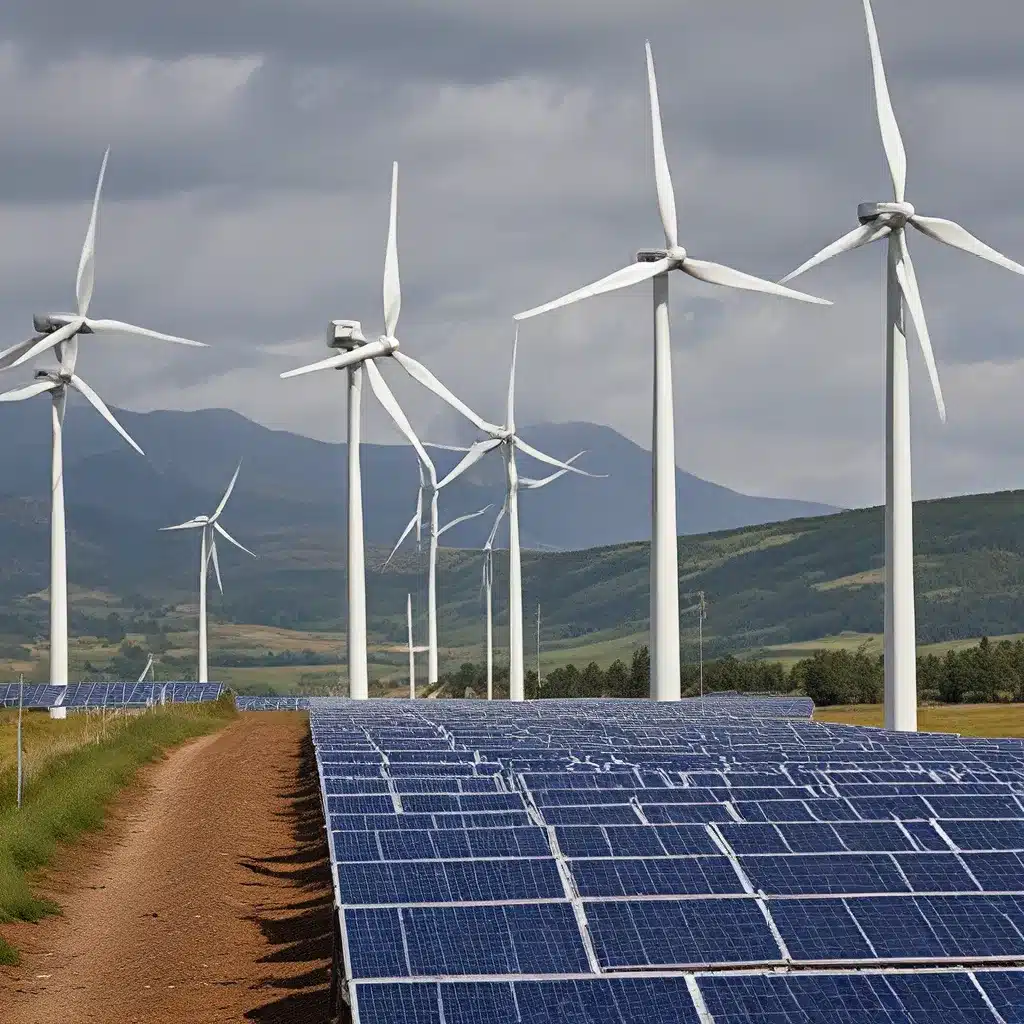
As someone who’s passionate about sustainability, I can tell you that the renewable energy revolution is one of the most exciting and crucial developments of our time. And let me tell you, governments around the world are playing a pivotal role in making this transition happen.
You see, the private sector is more than ready to invest billions of dollars to rapidly scale up renewable energy technologies. They can see the massive potential and the incredible business opportunities. But there are still some barriers and risks that are holding them back. That’s where governments come in.
Governments have this unique ability to remove those barriers and incentivize investment in renewable energy. They can shape the playing field, create the right market conditions, and unleash the full potential of the private sector. And trust me, they’re not holding back!
Governments as Catalysts for Innovation
One of the key ways governments are driving the renewable energy transition is by fueling innovation. They’re pouring billions of dollars into research and development (R&D) to develop the next generation of renewable technologies. From cutting-edge solar panels to game-changing battery storage, governments are betting big on the future of clean energy.
But it’s not just about the money. Governments are also using their policy levers to create a supportive environment for innovation. They’re setting ambitious targets for renewable energy deployment, implementing supportive regulations, and incentivizing private investment through tax credits, feed-in tariffs, and other mechanisms.
And let me tell you, this strategic approach is paying off in a big way. Just look at the remarkable progress we’ve seen in technologies like solar photovoltaics (PV) and lithium-ion batteries. Governments around the world, from the United States to China to Germany, have played a crucial role in driving down costs, improving performance, and scaling up these technologies to the point where they’re now cost-competitive with traditional fossil fuels.
Governments as Risk-Takers and Collaborators
But governments aren’t just funding innovation – they’re also taking on the risky and challenging work of demonstrating and deploying new renewable energy technologies. They’re partnering with the private sector to build large-scale demonstration projects, support early-stage commercialization, and create demand for these cutting-edge solutions.
And it’s not just about individual countries – governments are also collaborating on a global scale to share knowledge, coordinate policies, and leverage each other’s strengths. This international cooperation is essential for accelerating the renewable energy transition and ensuring that no one is left behind.
But the role of governments doesn’t stop there. They’re also using their purchasing power to drive demand for renewable energy technologies, supporting exports, and nurturing small and medium-sized enterprises that are at the forefront of innovation. It’s a truly multifaceted approach that’s firing on all cylinders.
Overcoming Challenges and Unlocking the Future
Now, I know what you’re thinking – with all this government support, the renewable energy transition must be a smooth and straightforward process, right? Well, not exactly. There are still plenty of challenges to overcome, and governments are having to navigate some tricky waters.
For one, there’s the ongoing debate around the role of public funding in clean energy innovation. Some argue that it might crowd out private sector investment, while others insist that public support is essential for tackling the biggest challenges. It’s a complex issue with valid points on both sides.
And then there’s the impact of the COVID-19 pandemic. This global crisis has put a lot of pressure on both public and private budgets, disrupting supply chains, and creating uncertainty about the future. But even in the face of these daunting challenges, governments are doubling down on their commitment to clean energy innovation, seeing it as a key component of their economic recovery and long-term resilience.
The bottom line is that governments are essential players in the renewable energy revolution. They’re not just passive observers – they’re active, strategic, and courageous leaders, shaping the future of our energy system and paving the way for a sustainable, low-carbon future.
And you know what? I can’t wait to see what they do next. Because with governments leading the charge, I have a feeling that the renewable energy transition is going to be one heck of a ride. Firewinder is ready to be a part of it, are you?

